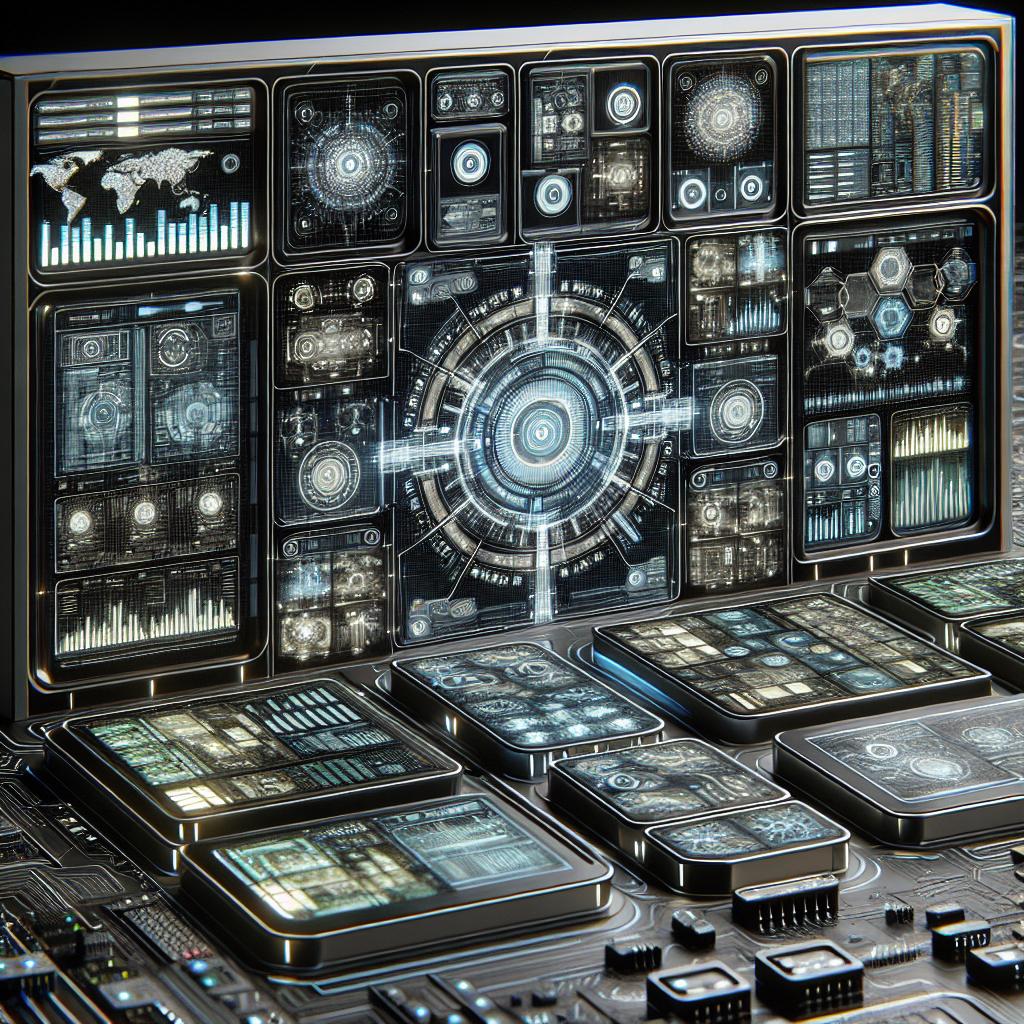In a world increasingly driven by technology, the importance of authenticity in digital content cannot be overstated. With the rapid rise of artificial intelligence (AI) generating articles, blogs, and media, we face a critical challenge: How do we distinguish between what is machine-generated and what is crafted by human hands? The solution lies in AI content detectors—powerful tools designed to uphold content integrity in our increasingly automated world. This article delves into how these detectors work, their applications, and what the future holds, illustrating their significance with practical insights and examples.
The Rising Need for AI Content Detectors
AI-generated content has transformed the way we consume information and engage with media, bringing both innovation and challenges. As AI systems become more sophisticated, the distinction between human and machine-created content becomes less clear, raising the stakes for everyone from journalists to marketers. The risk of misinformation, plagiarism, and loss of credibility has sparked a growing demand for AI content detectors. These tools are essential for ensuring that the content we read, share, and trust is genuinely human in origin.
For instance, consider the educational sector, where maintaining academic integrity is paramount. AI content detectors are increasingly being employed to prevent students from submitting AI-generated work as their own. These tools scan the text for signs of AI involvement, ensuring that educational standards are upheld.
How AI Content Detectors Operate
The operation of AI content detectors involves the use of advanced algorithms and machine learning techniques that analyze language patterns and identify characteristics unique to AI-generated text. These detectors examine several key factors:
- Consistency: AI-generated content often maintains a uniform tone and structure, unlike human writing, which naturally varies.
- Repetitive phrases: AI systems tend to recycle certain phrases more frequently than human writers, making it easier to identify machine-generated text.
- Vocabulary diversity: Human writing typically features a broader range of vocabulary, while AI-generated content might exhibit limitations in this area.
To illustrate, the GPT-3 Detector developed by OpenAI is designed to spot texts created using its own models. This tool examines the language patterns of the text and compares them to known characteristics of AI-generated content, helping users verify the authenticity of their content.
Applications and Implications of AI Content Detectors
The applications of AI content detectors extend across multiple domains, each with significant implications. In academic settings, these tools help prevent plagiarism, ensuring that students produce original work and that academic integrity is maintained. In the business world, companies use AI detectors to protect their brand reputation by filtering out AI-generated misinformation that could harm their credibility. For news organizations, these tools are crucial in maintaining the trustworthiness of their publications, ensuring that the content they distribute is both authentic and reliable.
For example, tools like Copyleaks AI Content Detector and GPTZero are used by educators and institutions to scan student submissions, ensuring that the work is original and not generated by AI. Similarly, businesses and marketers rely on tools like Turnitin AI Writing Detection to verify the authenticity of content used in marketing campaigns, safeguarding their brand’s integrity.
Additionally, platforms like ZeroGPT offer users a quick and easy way to detect AI-generated content across various industries, reinforcing the importance of maintaining authenticity in digital communication.
The Future Outlook for AI Content Detectors
Looking to the future, AI content detectors will continue to evolve, meeting the challenges posed by increasingly advanced AI content generation tools. As these tools become more sophisticated, AI detectors will need to adapt, employing more nuanced assessment criteria to distinguish between high-quality AI content and genuine human creativity. This ongoing development will be essential in maintaining the integrity of digital content in an ever-changing landscape.
One can expect technological advancements that will allow AI content detectors to identify even the most subtle differences between human and AI-generated content, ensuring that authenticity remains at the forefront of digital content creation.
My Opinion: Navigating the Digital Landscape
As we navigate this rapidly evolving digital landscape, AI content detectors will play a crucial role in promoting authenticity and protecting the integrity of information. These tools are not just technical solutions; they are vital components in the ongoing effort to maintain a trustworthy online environment. By understanding how AI content detectors work and recognizing their applications, we can all contribute to a more reliable and credible digital world.
Related Themes to Explore
- Unleashing Creativity: How AI Writing Tools Are Changing the Game
- Best Free AI Tools:Transforming the Digital Landscape
- AI Writing Generator: Transforming Creativity and Productivity
As AI continues to shape our digital experiences, understanding and utilizing tools like AI content detectors will be essential in maintaining the quality and reliability of the information we consume.

